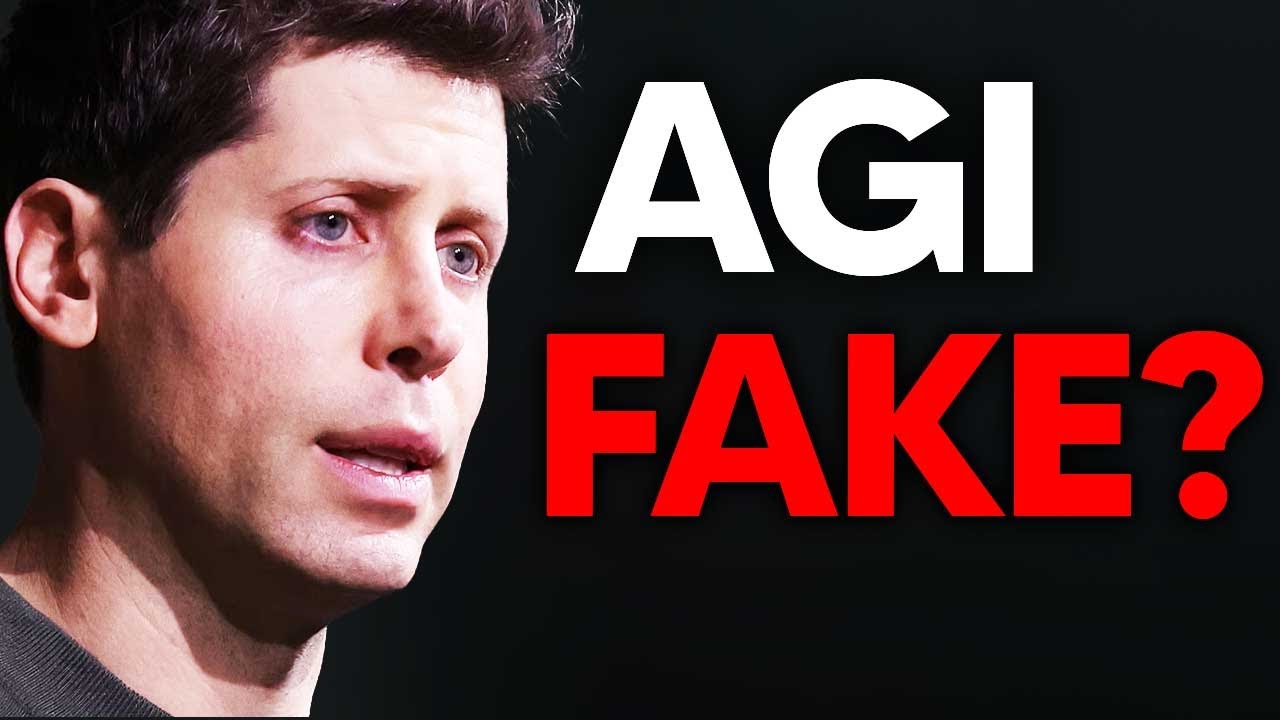The video examines the controversy surrounding OpenAI’s claims of achieving Artificial General Intelligence (AGI) through the AGI Benchmark, with critics questioning the validity of the results due to potential prior exposure of the model to the training data. Despite skepticism, OpenAI and the benchmark’s co-creators defend the model’s performance, asserting that it reflects broader capabilities rather than targeted training, marking a significant advancement in AI.
The video discusses recent claims regarding OpenAI’s achievement of Artificial General Intelligence (AGI) and the controversy surrounding the AGI Benchmark demo. Following OpenAI’s announcement, some individuals, including former employees and critics, raised concerns about the validity of the benchmark results. A key point of contention is whether the model was trained on the benchmark’s training set, which could imply that it had prior exposure to the data, potentially skewing the results. Critics like Gary Marcus expressed skepticism, suggesting that if the model had seen the training examples, it would undermine the significance of its performance.
The discussion intensified on social media, particularly after a tweet highlighted that OpenAI trained on 75% of the training set. This led to further scrutiny of the methodology used in the AGI Benchmark demo. Some participants in the conversation pointed out a slip of the tongue by an OpenAI engineer during a presentation, where he mentioned targeting the benchmark, only for CEO Sam Altman to correct him, stating they did not specifically aim for it. This raised questions about the transparency and intentions behind the benchmark results.
In response to the criticisms, one of the co-creators of the AGI Benchmark clarified that the training set was designed to expose the model to essential knowledge needed for the evaluation tasks. He emphasized that the evaluation set is resistant to simple memorization, which is why the performance of the model, referred to as O3, is impressive. The creators argued that the training on the benchmark data does not invalidate the score, as the evaluation tasks require the model to recombine and abstract knowledge in real-time.
OpenAI researchers also chimed in, asserting that the model used for evaluations was a general version of O3 and that the training set was only a small fraction of the broader training distribution. They clarified that no additional domain-specific fine-tuning was conducted on the final model, which distinguishes it from merely being a tuned version of O3. This distinction is crucial, as it suggests that the model’s performance is not solely due to targeted training on the benchmark but rather reflects its broader capabilities.
The video concludes by reiterating the significance of O3’s performance on the AGI Benchmark, noting that it achieved over 25% success, a substantial improvement compared to previous models that scored around 1%. The benchmark itself was designed to measure advanced mathematical reasoning and was developed with input from mathematicians worldwide. Despite the ongoing skepticism and debate, the video argues that O3’s capabilities represent a notable advancement in AI, highlighting the importance of critical discourse in the field to foster genuine progress.
